ESports – they’re just plain old computer games for some. But its evolution into a multi-billion industry has forced different elements of it to come under heavy scrutiny, including the lack of female representation and participation. Today, it’s no longer just a hobby. It’s a platform that creates thousands of jobs. It bridges borders and unites people from a variety of backgrounds. But unlike regular and traditional sports, the esports industry is uniquely positioned to be at the forefront of balancing the scales.
The problem isn’t mutually exclusive to esports, but the characteristics of this industry means that any approach to provide a solution needs be tailored carefully. Off the cuff, it doesn’t take much to notice that physical traits and gender differences play little to almost no role in influencing the ability of a gamer to climb up the industry’s ladder. It’s a unique ecosystem with traits that designed to create a homogeneous community.
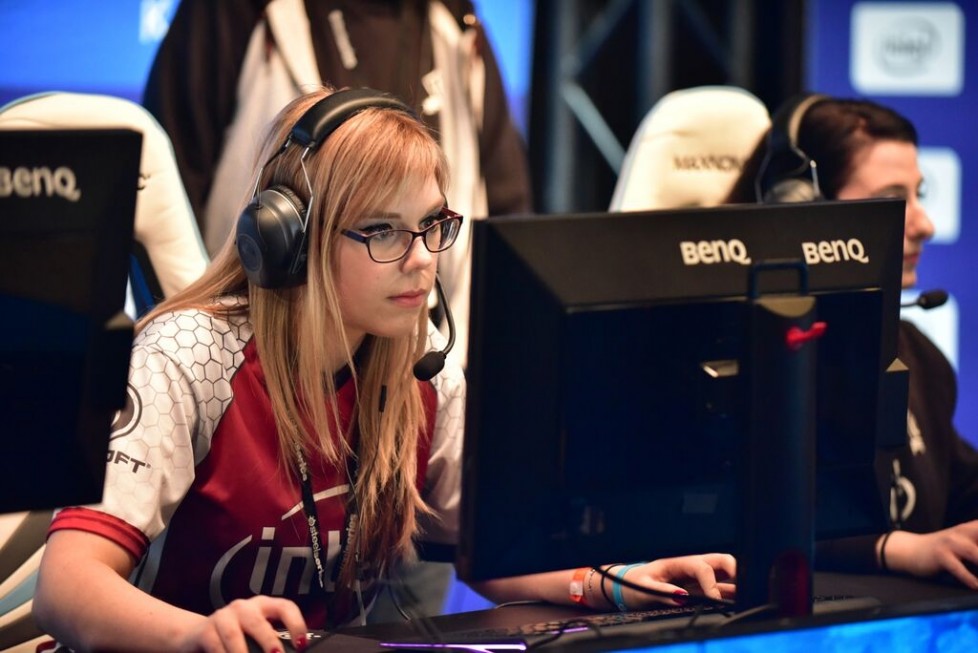
We’ve seen female esports players hit impeccable strides with the best of the best. You’ve got Stephanie ‘missharvey’ Harvey growing big within the Canadian esports scene. Then you have Julia Kiran, who recently played a central role in Team Secret’s journey to the top – they are now recognized as the best female esports team in the world. At the same time, Fnatic employs Murielle ‘Kips’ Huisman as their team analyst – a role that’s so crucial to the success of a Dota2 team.
But the real problem is only visible when you remove the zoom lens and look at the industry from a bird eye’s view. Steph Harvey, in an interview with the BBC in November 2016, pointed out that the percentage of women in esports is as low as 5% – a staggering statistic, considering the how homogeneous the industry is designed to be at its gaming core. The reality, is however, a tad more complex.
“The abuse and harassment is real. I have personally only faced it twice, but I suppose that means I’m lucky? But it’s real, and it’s out there,” Fnatic’s Kips told FourthOfficial.com. “It’s not just abuse though; it also involves sexism on an intrinsic level. For instances, males are more likely to notch e-sports related jobs, compared to women.
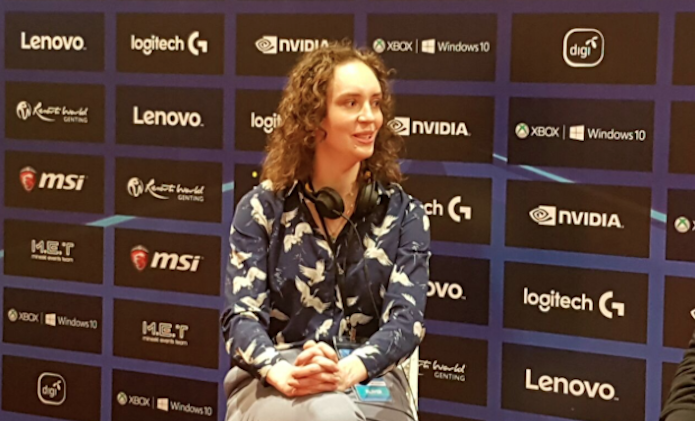
“But of course, it would be unfair to label the industry as a sexist one. Because there are efforts being actively taken to combat it, and to a certain extent, it has worked. We’ve got females in multiples positions across the industry. We’ve got females breaking into e-sports casting as well. It’s a work in progress, and this industry is in a distinctive position to be able to implement changes that impact the larger public, not just the gaming community.
“The physical differences between genders play a bigger role in other sports, but in e-sports, it’s different. Of course, it’ll be unfair to say that it doesn’t influence things at all. Fact it, most male esports players have large hands. That takes a minor toll on female participation, but to a large extent, the playing field is balanced enough for anyone to step in,” she added.
Here’s where ESL comes into the picture. An interesting paradigm shift occurred in February 2016, as ESL partnered Intel to form AnyKey – an initiative to seeks to actively conduct research into the industry and find ways to make it more inclusive for underrepresented communities.
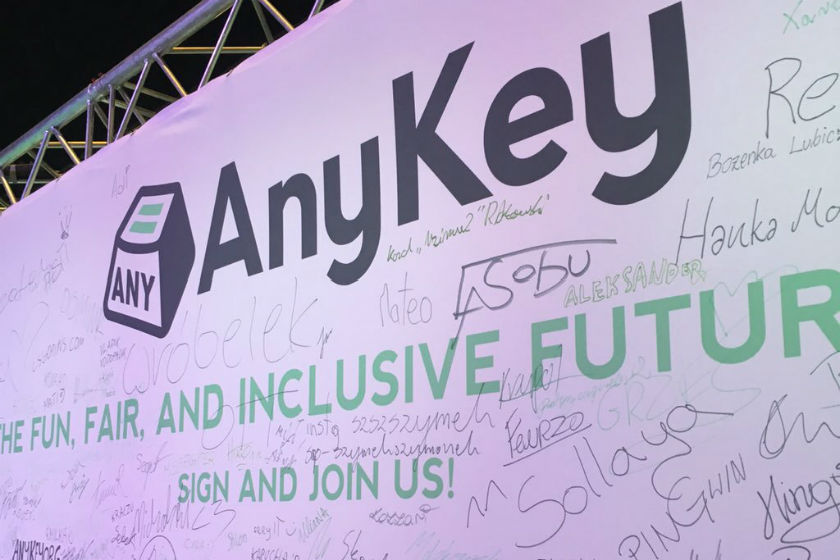
And in the last 10 months, AnyKey have embarked on several projects, including the ‘Keystone Code’ – a framework of values for esports communities and companies to foster a better space for gamers with different gender identities. And so far, the progress they’ve made has been encouraging, according to AnyKey’s co-director, Morgan Romine. “We worked with several different communities and community managers and companies to refine what were some of the core values that tended to inspire healthy community interactions,” Romine was quoted as saying by PCGamer.com
“Companies are starting to realize. ‘Oh wow, we have a whole audience of potential players who are not engaging with our product because there’s this negative community around it.’ There are some companies who still deny that this is a problem and some that are actively working towards making things better. And since this is our first year of reaching out to companies and working with people, we’ve been pleasantly surprised,” she added.

This isn’t their only initiative. ESL has also been aggressively organizing and hosting female-only tournaments, with the Intel Challenge Katowice being a prime example. After a successful debut in 2015, the tournament was hosted for a second time last year, boasting a prize pool of $30,000. But reception towards female-only tournaments has been mixed – something that ESL themselves are absolutely aware of.
“Obviously, we’d want to see a future where female players no longer need gender-specific tournaments to compete. But for the time being, we need these tournaments to provide a safe space and encourage more females to come out and play competitively,” ESL Gaming’s Vice President, Ulrich Schulze told FourthOfficial.com.
“The problem is a deep-rooted one and there are no easy solutions to it. But we’re working hard to balance the playing field, and more female gamers are breaking into the mainstream scene, as a result of these female-specific tournaments,” he added.
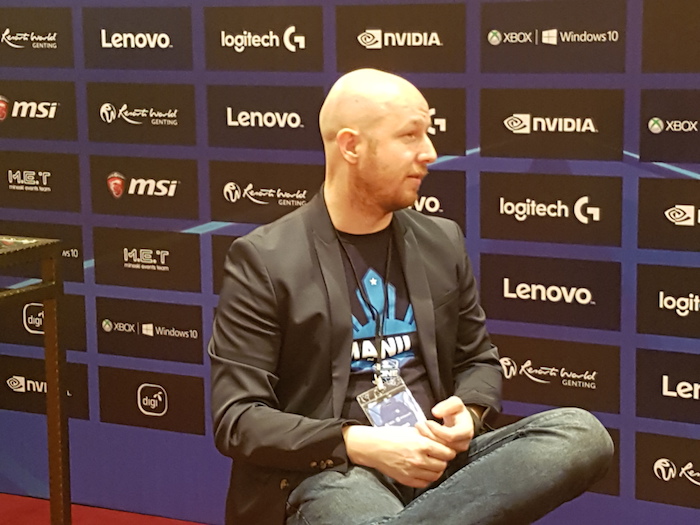
These sentiments were echoed by professional esports broadcast host Paul ‘ReDeYe’ Challoner, who stressed on the importance of female-only tournaments. “Personally, I am in favor of female-only tournaments, at least for now, because otherwise women have very little chance to gain the experience they need of playing in large-scale tournaments. You may argue, if they were good enough, they could play in the majors and that’s a fair point, but it’s not all down to natural ability,” ReDeYe wrote in an article published on slingshotesports.com, recently.
Affirmative action is never an easy topic to deal with, especially in the context of esports. Even Kips – a prominent female leader within the industry – has her fair share of qualms about it. But there’s a bigger picture that needs to be prioritized, as far as she’s concerned.
“These tournaments need to continue, but I’d also love to see other stakeholders getting into the picture and raising the profile of female stars. These big-name female players need to be idolized by others. The gaming community needs to start taking note of them. Just like we build an incredible positive hype around the male scene, we’ve got to do it for the female scene,” Kips enthused.
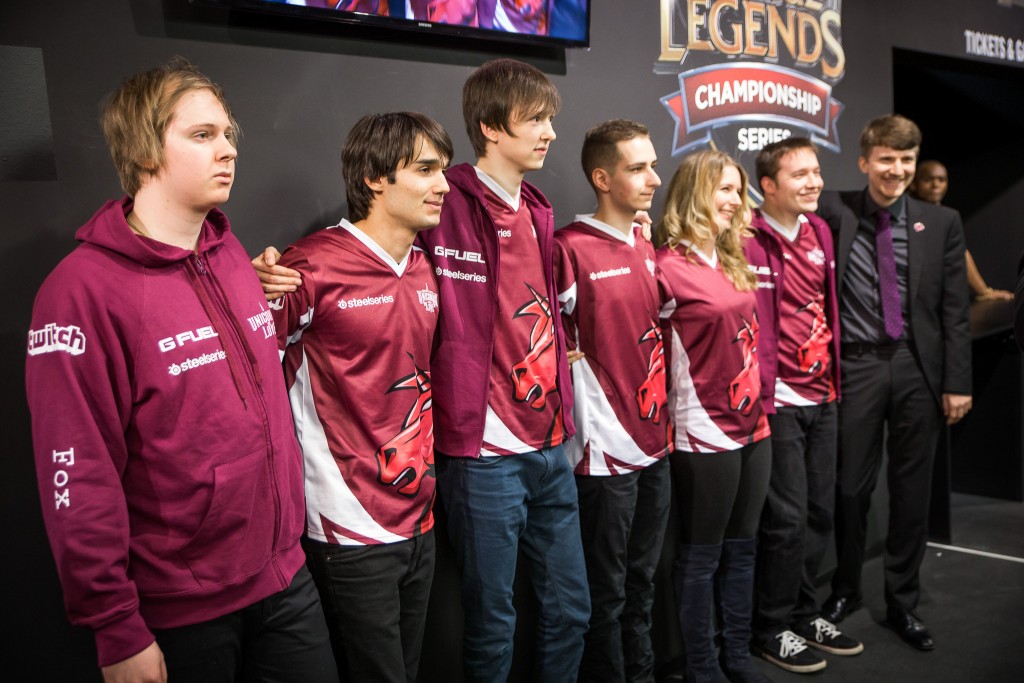
“We have female players breaking into the open scene in League of Legends. And I’m hopeful of witnessing similar trends across the entire community over the next few years,” she added.
The world is not an easy place for esports and its burgeoning community. But if its evolution continues to involve efforts to make it a more inclusive platform for minorities and the underrepresented, ESL’s initiatives could very well be the community’s strongest ally in the long-term battle for acceptance within the mainstream sporting world. That said, the onus is still on the entire community – one that remains an aggressive ecosystem, despite all the positive things it has been able to accomplish over the years.
“The end goal for esports shouldn’t be to transform it into any other regular sports. We must push for progress, but we must do so while attempting to keep a very community-based industry. The gamers built this industry, and the gamers must always be at the heart of every progress we push for,” Ulrich concluded.
Other posts by Keeshaanan Sundaresan









Paris 2024 Olympics: Curry leads Team USA to break French hearts
Paris 2024 Olympics: Russell beats Samba-Mayela to snatch 100m hurdles gold
Paris 2024 Olympics: Paulinho sets new 400m record to claim gold
Paris 2024 Olympics: Ko finishes her medal set by claiming gold
Paris 2024 Olympics: Curry leads Team USA to break French hearts
Paris 2024 Olympics: Russell beats Samba-Mayela to snatch 100m hurdles gold
Paris 2024 Olympics: Swanson leads USA to fifth Olympic gold
Paris 2024 Olympics: Ko finishes her medal set by claiming gold